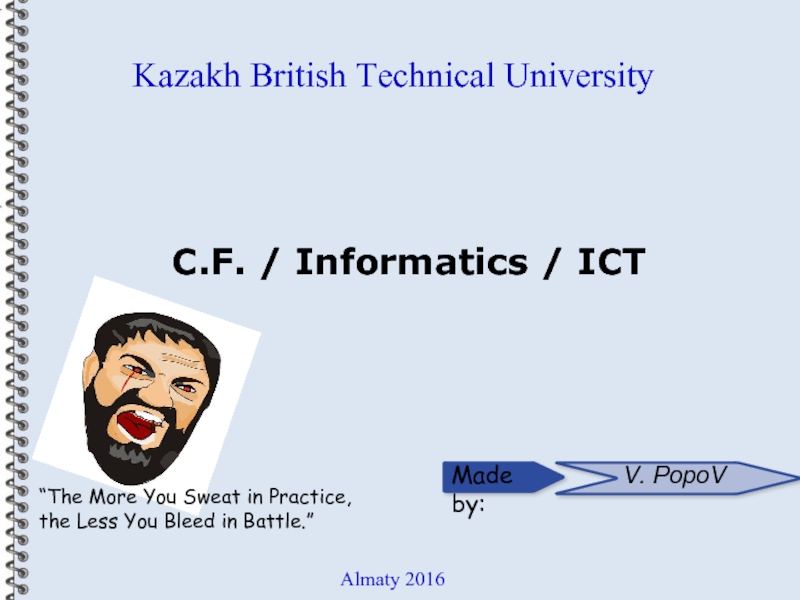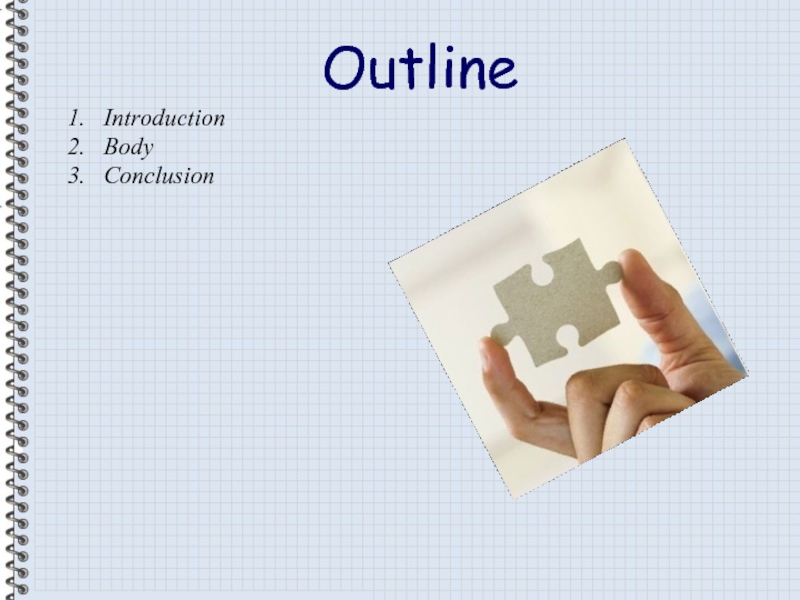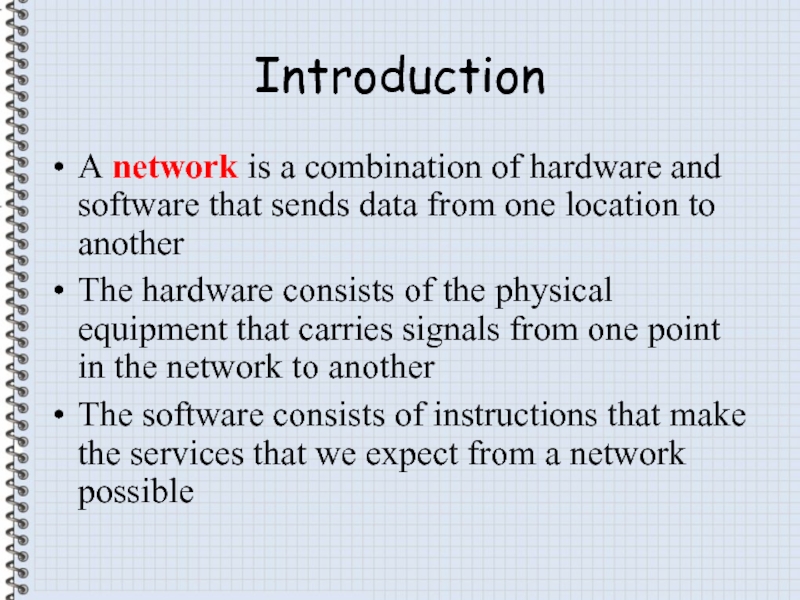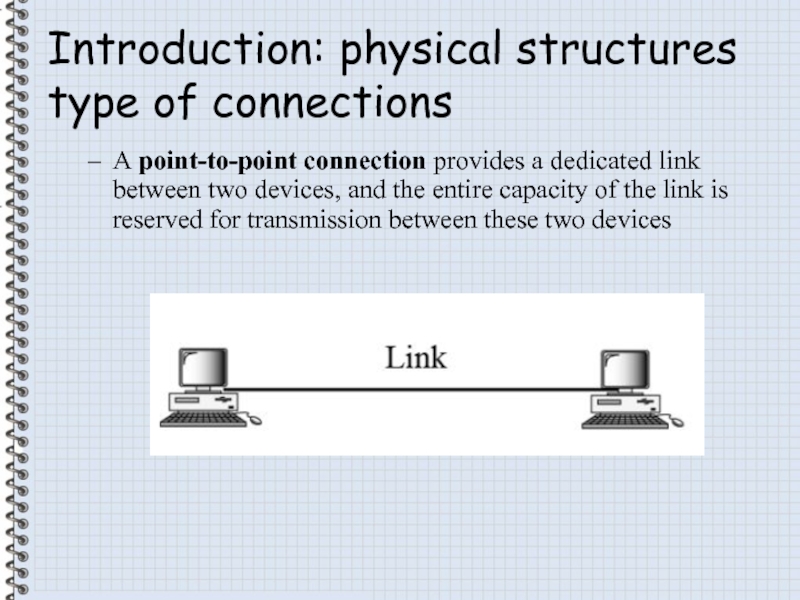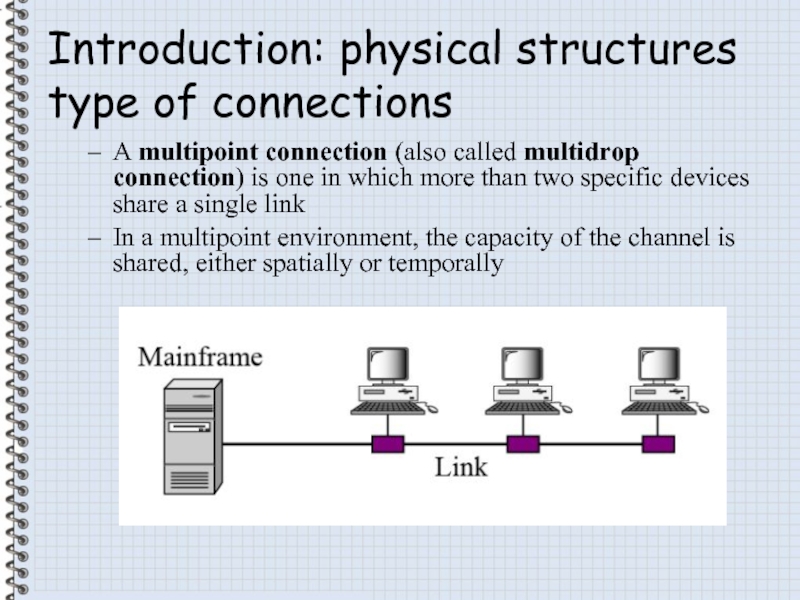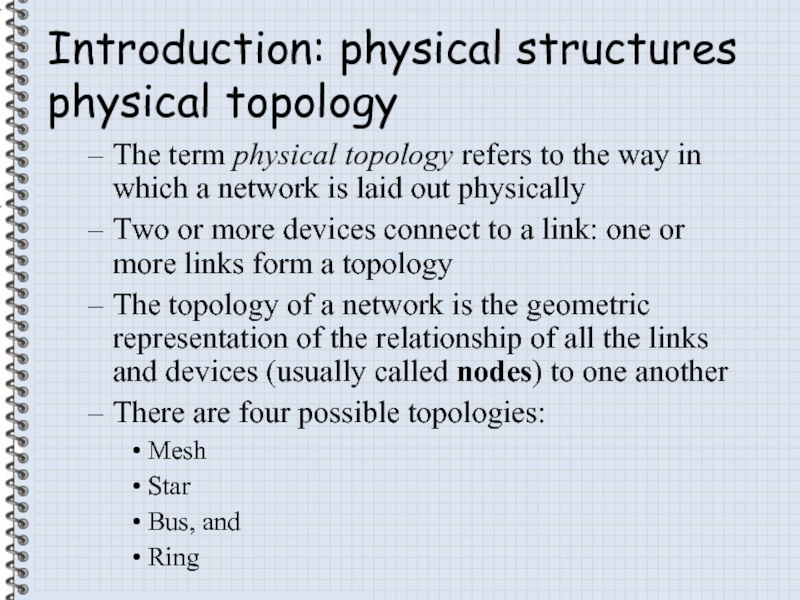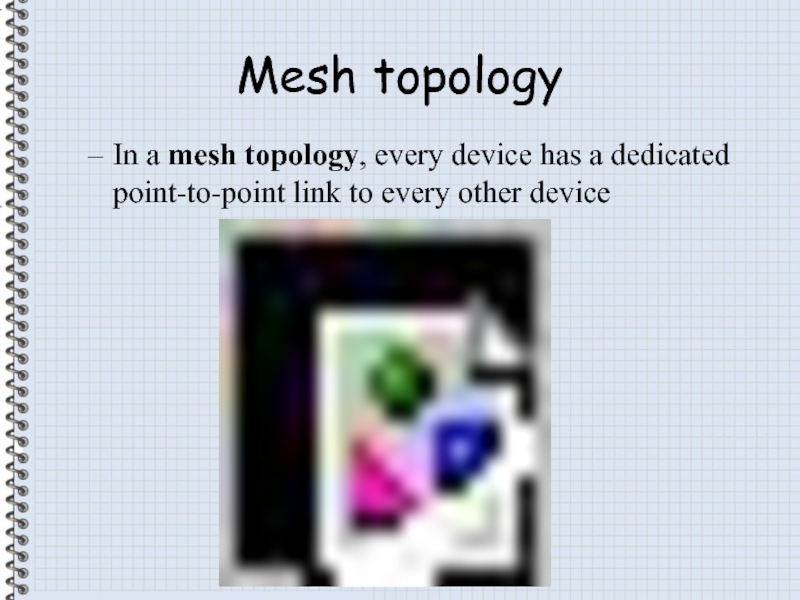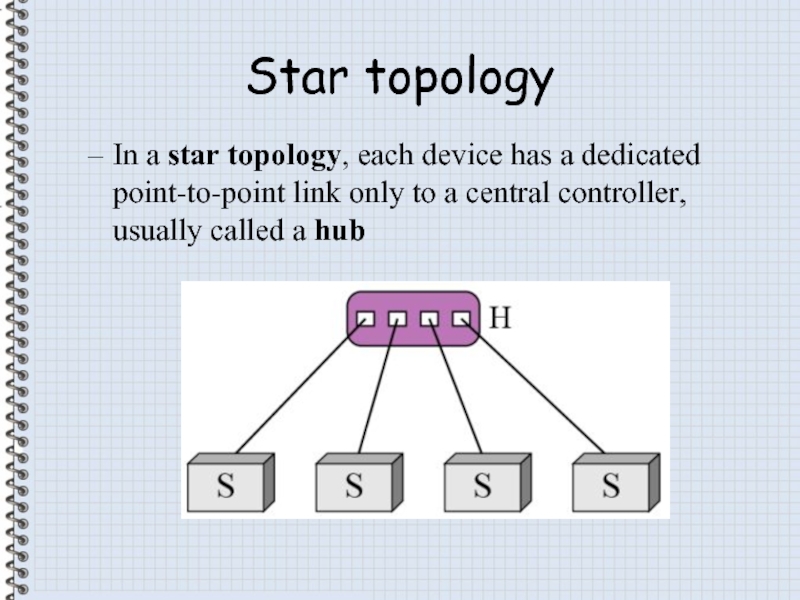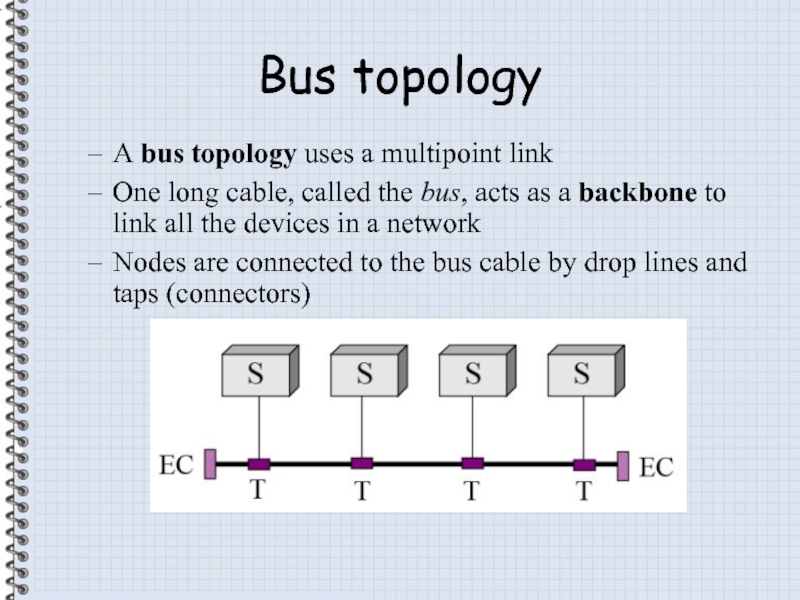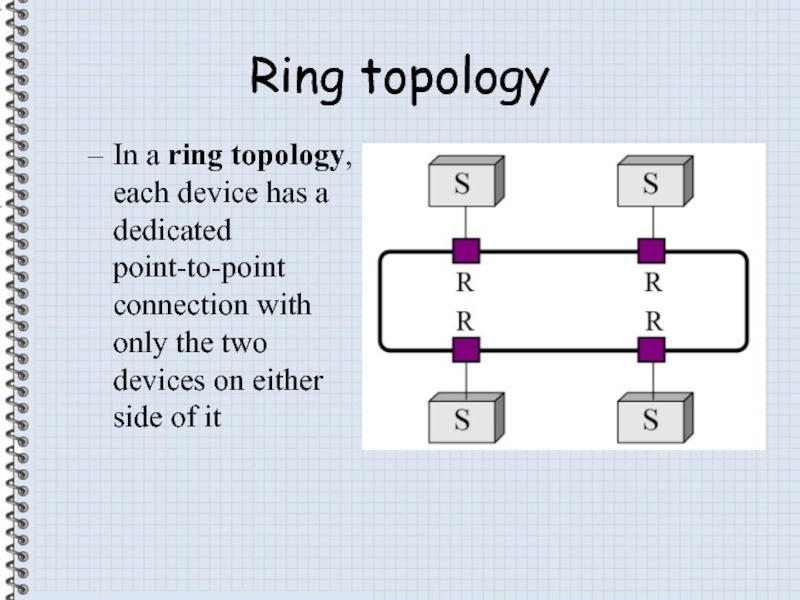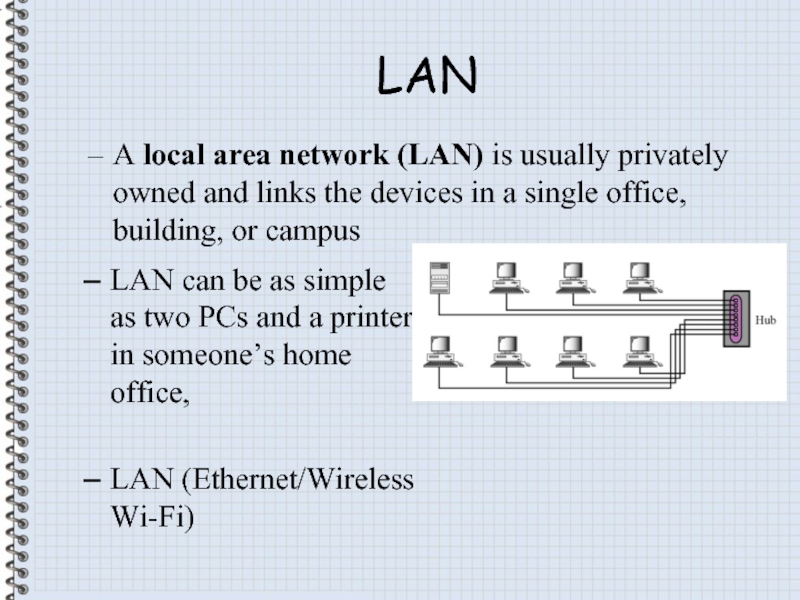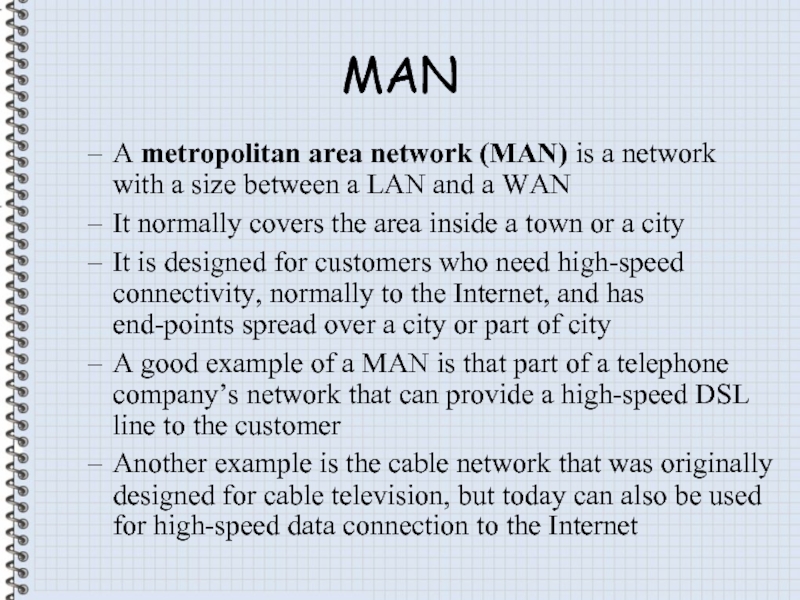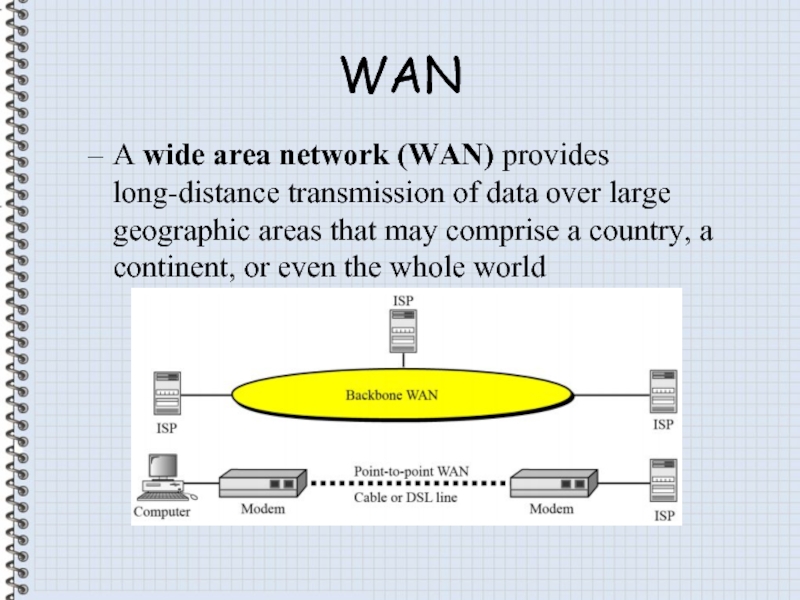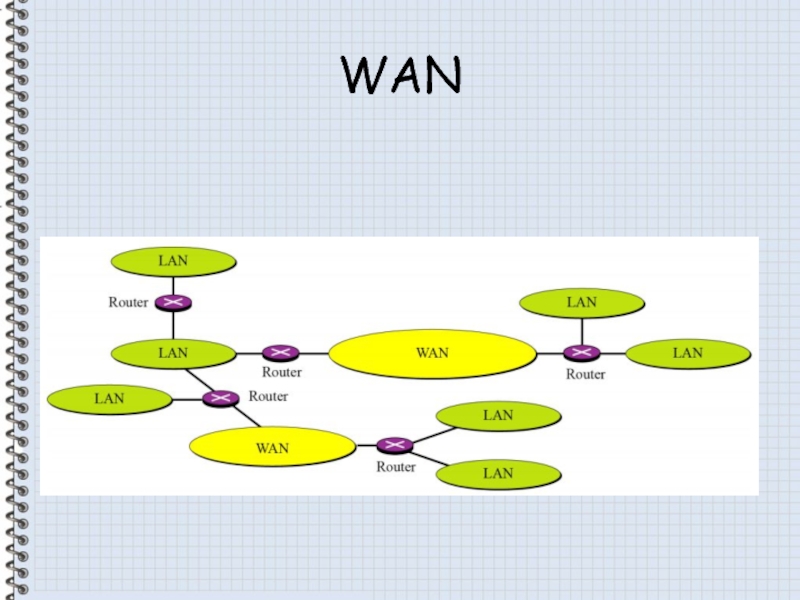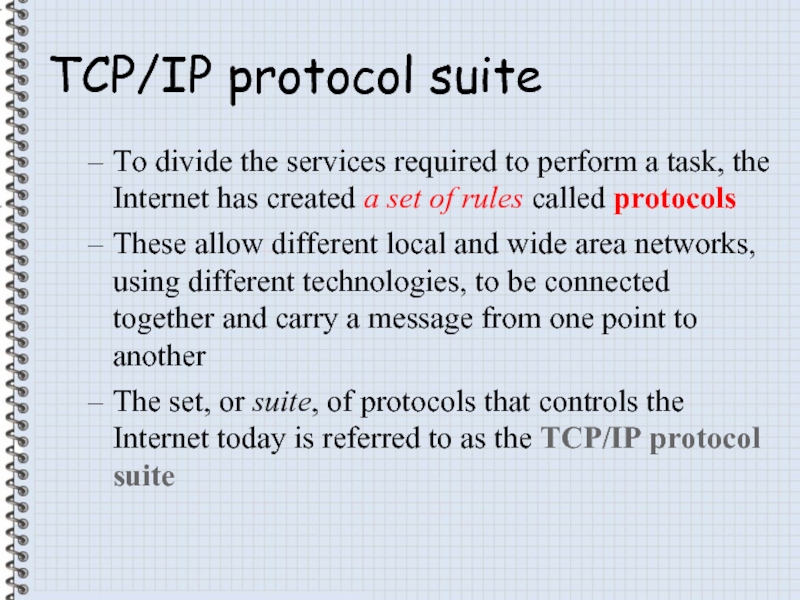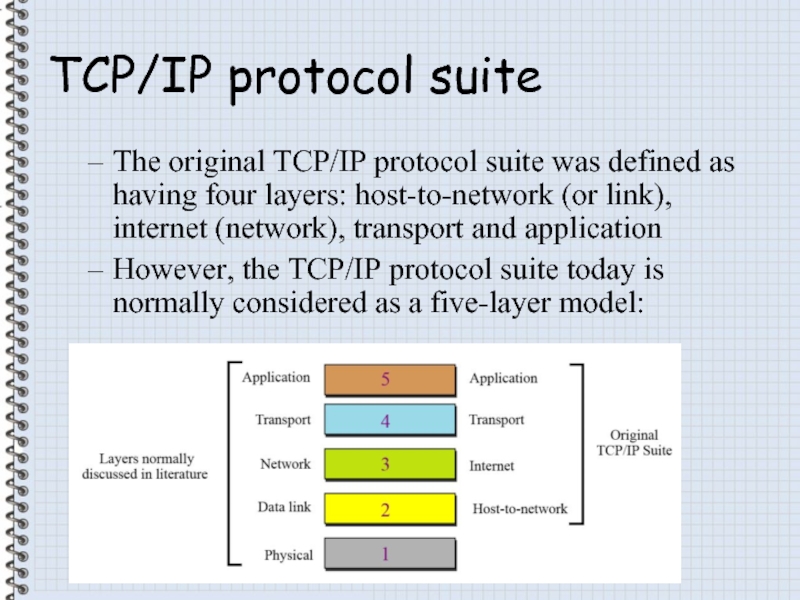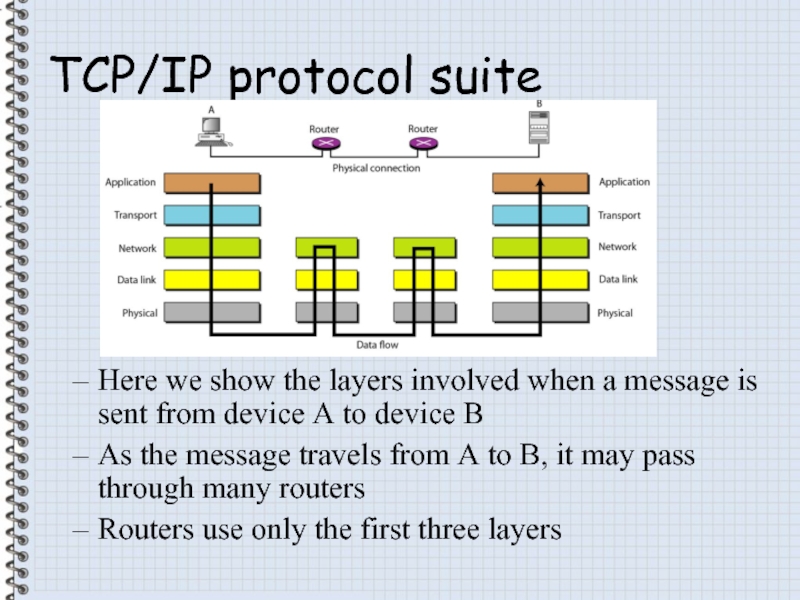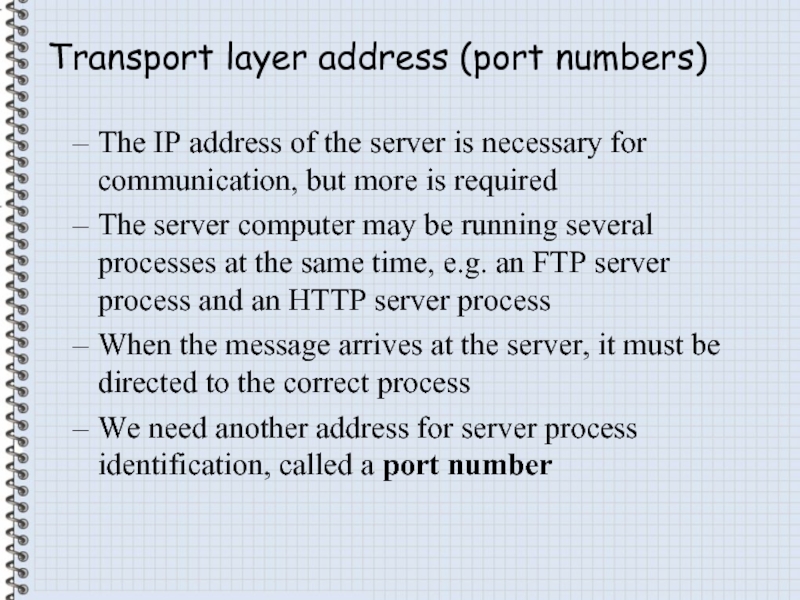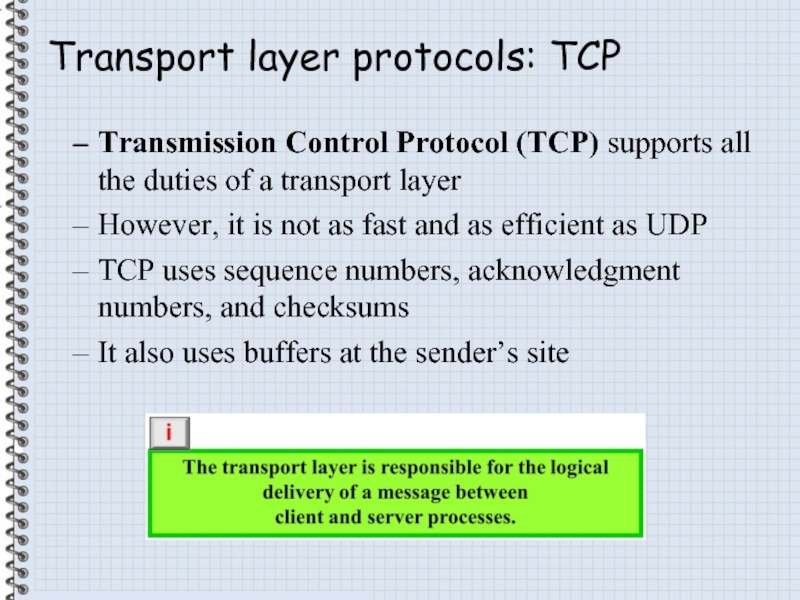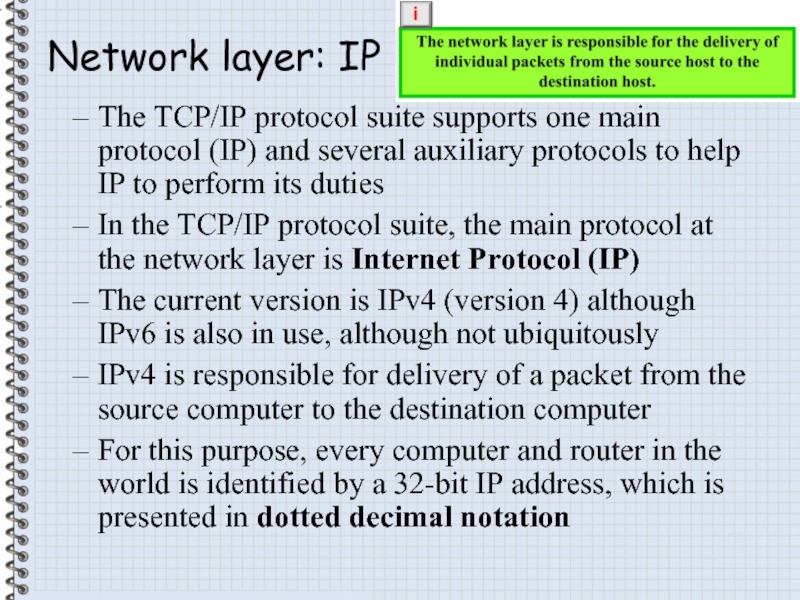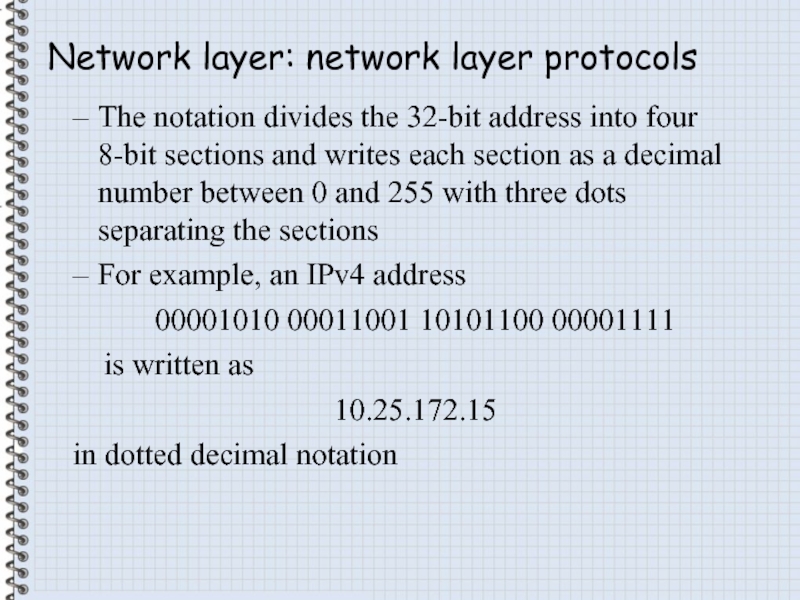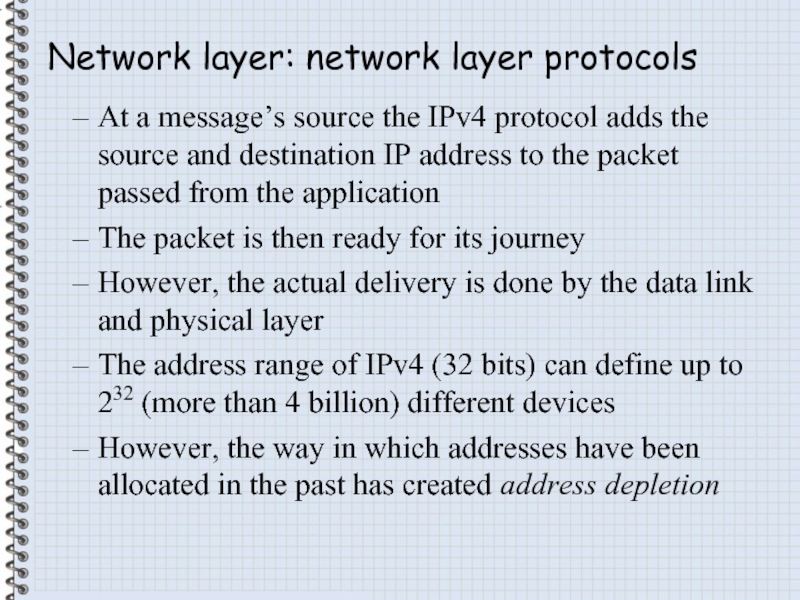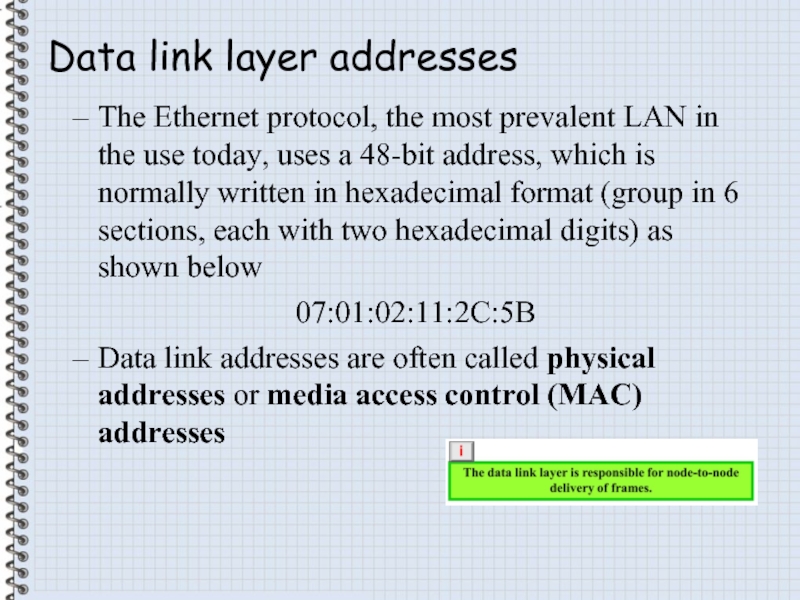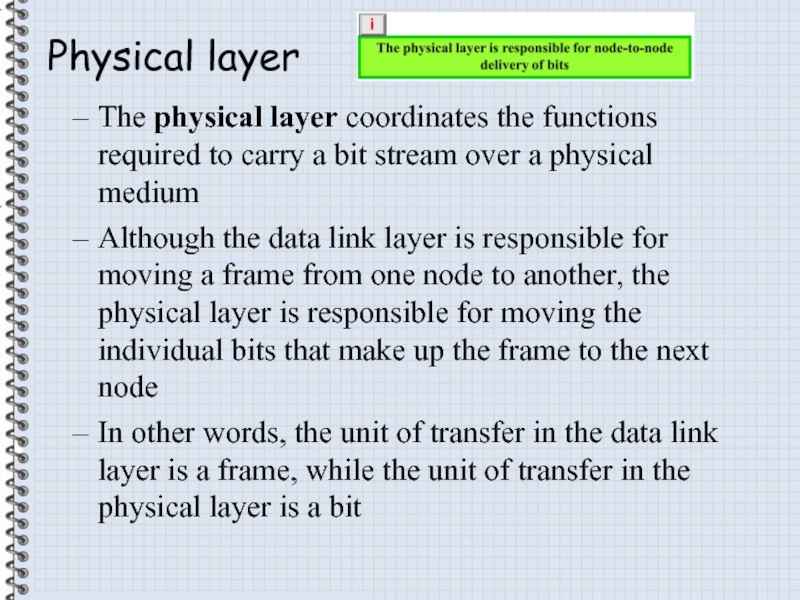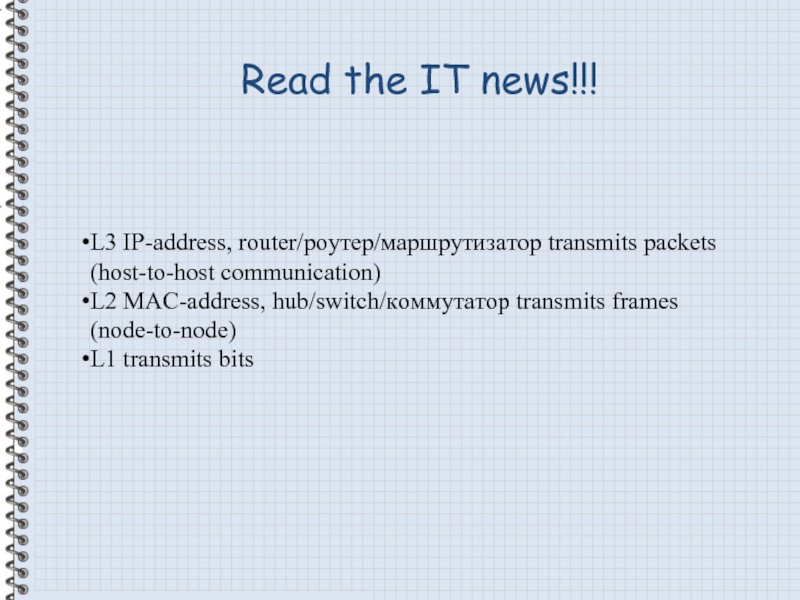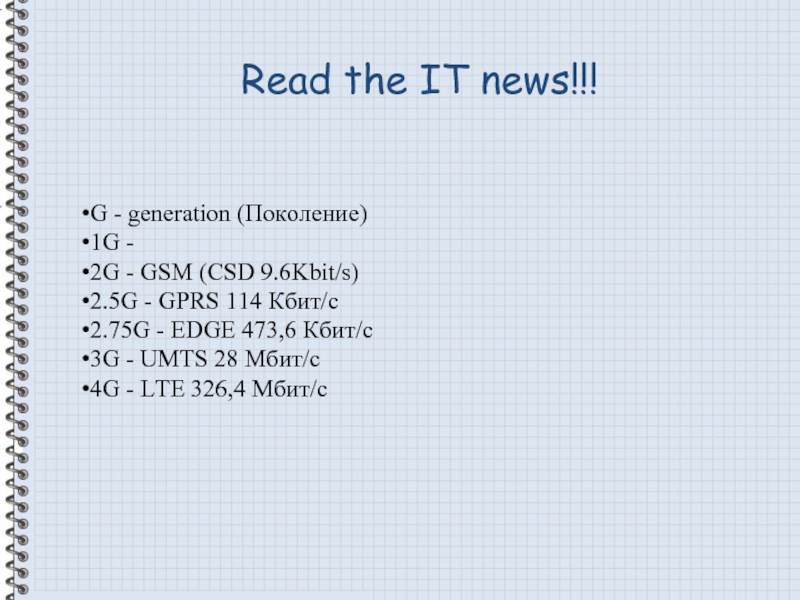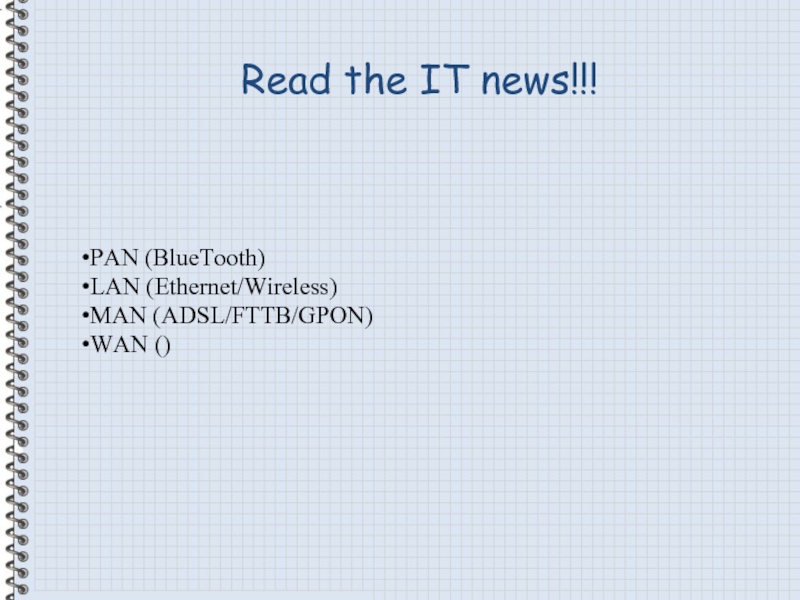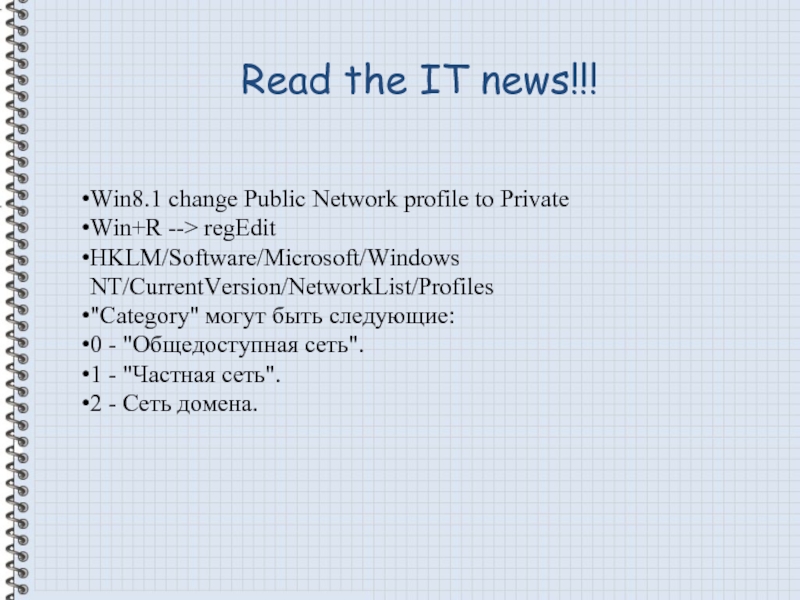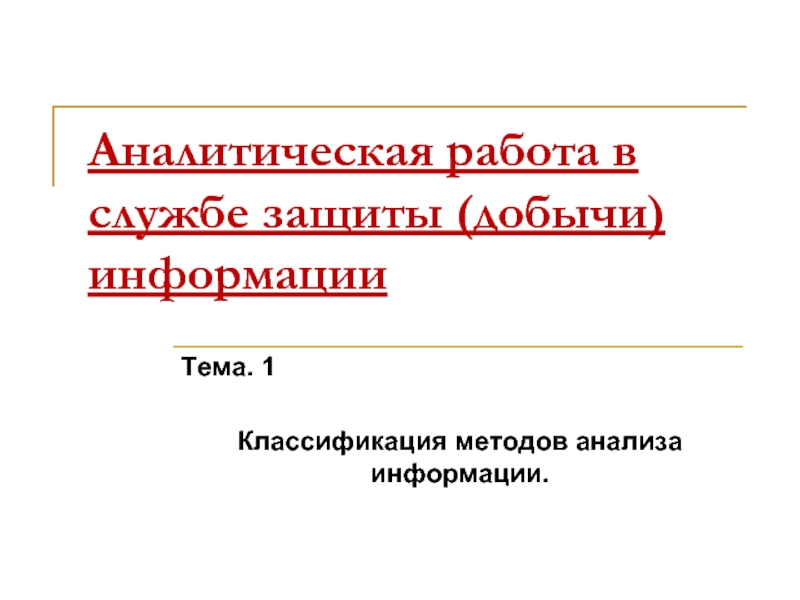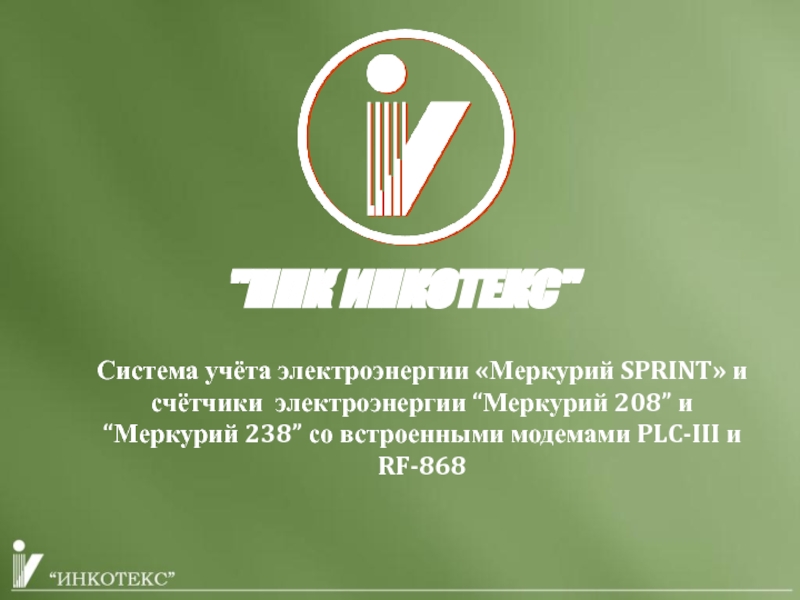More You Sweat in Practice,
the Less You Bleed in Battle.”
- Главная
- Разное
- Дизайн
- Бизнес и предпринимательство
- Аналитика
- Образование
- Развлечения
- Красота и здоровье
- Финансы
- Государство
- Путешествия
- Спорт
- Недвижимость
- Армия
- Графика
- Культурология
- Еда и кулинария
- Лингвистика
- Английский язык
- Астрономия
- Алгебра
- Биология
- География
- Детские презентации
- Информатика
- История
- Литература
- Маркетинг
- Математика
- Медицина
- Менеджмент
- Музыка
- МХК
- Немецкий язык
- ОБЖ
- Обществознание
- Окружающий мир
- Педагогика
- Русский язык
- Технология
- Физика
- Философия
- Химия
- Шаблоны, картинки для презентаций
- Экология
- Экономика
- Юриспруденция
C.F. / Informatics / ICT презентация
Содержание
- 1. C.F. / Informatics / ICT
- 2. Outline Introduction Body Conclusion
- 3. Introduction A network is a combination of
- 4. Introduction: physical structures type of connections A
- 5. Introduction: physical structures type of connections
- 6. Introduction: physical structures physical topology The
- 7. Mesh topology In a mesh topology, every
- 8. Star topology In a star topology, each
- 9. Bus topology A bus topology uses a
- 10. Ring topology In a ring topology, each
- 11. LAN A local area network (LAN)
- 12. MAN A metropolitan area network (MAN) is
- 13. WAN A wide area network (WAN) provides
- 14. WAN
- 15. TCP/IP protocol suite To divide the services
- 16. TCP/IP protocol suite The original TCP/IP protocol
- 17. TCP/IP protocol suite Here we show the
- 18. Transport layer address (port numbers) The IP
- 19. Transport layer protocols: TCP Transmission Control Protocol
- 20. Network layer: IP The TCP/IP protocol suite
- 21. Network layer: network layer protocols The notation
- 22. Network layer: network layer protocols At a
- 23. Data link layer addresses The Ethernet protocol,
- 24. Physical layer The physical layer coordinates the
- 25. Read the IT news!!! L3 IP-address, router/роутер/маршрутизатор
- 26. Read the IT news!!! G - generation
- 27. Read the IT news!!! PAN (BlueTooth) LAN (Ethernet/Wireless) MAN (ADSL/FTTB/GPON) WAN ()
- 28. Read the IT news!!! Win8.1 change Public
- 29. Read the IT news!!! http://profit.kz/ http://tengrinews.kz/tech/ http://www.habrahabr.ru
- 30. Thank you for attention!
Слайд 3Introduction
A network is a combination of hardware and software that sends
data from one location to another
The hardware consists of the physical equipment that carries signals from one point in the network to another
The software consists of instructions that make the services that we expect from a network possible
The hardware consists of the physical equipment that carries signals from one point in the network to another
The software consists of instructions that make the services that we expect from a network possible
Слайд 4Introduction: physical structures
type of connections
A point-to-point connection provides a dedicated link
between two devices, and the entire capacity of the link is reserved for transmission between these two devices
Слайд 5Introduction: physical structures
type of connections
A multipoint connection (also called multidrop
connection) is one in which more than two specific devices share a single link
In a multipoint environment, the capacity of the channel is shared, either spatially or temporally
In a multipoint environment, the capacity of the channel is shared, either spatially or temporally
Слайд 6Introduction: physical structures
physical topology
The term physical topology refers to the
way in which a network is laid out physically
Two or more devices connect to a link: one or more links form a topology
The topology of a network is the geometric representation of the relationship of all the links and devices (usually called nodes) to one another
There are four possible topologies:
Mesh
Star
Bus, and
Ring
Two or more devices connect to a link: one or more links form a topology
The topology of a network is the geometric representation of the relationship of all the links and devices (usually called nodes) to one another
There are four possible topologies:
Mesh
Star
Bus, and
Ring
Слайд 7Mesh topology
In a mesh topology, every device has a dedicated point-to-point
link to every other device
Слайд 8Star topology
In a star topology, each device has a dedicated point-to-point
link only to a central controller, usually called a hub
Слайд 9Bus topology
A bus topology uses a multipoint link
One long cable, called
the bus, acts as a backbone to link all the devices in a network
Nodes are connected to the bus cable by drop lines and taps (connectors)
Nodes are connected to the bus cable by drop lines and taps (connectors)
Слайд 10Ring topology
In a ring topology, each device has a dedicated point-to-point
connection with only the two devices on either side of it
Слайд 11 LAN
A local area network (LAN) is usually privately owned and
links the devices in a single office, building, or campus
LAN can be as simple as two PCs and a printer in someone’s home office,
LAN (Ethernet/Wireless Wi-Fi)
Слайд 12MAN
A metropolitan area network (MAN) is a network with a size
between a LAN and a WAN
It normally covers the area inside a town or a city
It is designed for customers who need high-speed connectivity, normally to the Internet, and has end-points spread over a city or part of city
A good example of a MAN is that part of a telephone company’s network that can provide a high-speed DSL line to the customer
Another example is the cable network that was originally designed for cable television, but today can also be used for high-speed data connection to the Internet
It normally covers the area inside a town or a city
It is designed for customers who need high-speed connectivity, normally to the Internet, and has end-points spread over a city or part of city
A good example of a MAN is that part of a telephone company’s network that can provide a high-speed DSL line to the customer
Another example is the cable network that was originally designed for cable television, but today can also be used for high-speed data connection to the Internet
Слайд 13WAN
A wide area network (WAN) provides long-distance transmission of data over
large geographic areas that may comprise a country, a continent, or even the whole world
Слайд 15TCP/IP protocol suite
To divide the services required to perform a task,
the Internet has created a set of rules called protocols
These allow different local and wide area networks, using different technologies, to be connected together and carry a message from one point to another
The set, or suite, of protocols that controls the Internet today is referred to as the TCP/IP protocol suite
These allow different local and wide area networks, using different technologies, to be connected together and carry a message from one point to another
The set, or suite, of protocols that controls the Internet today is referred to as the TCP/IP protocol suite
Слайд 16TCP/IP protocol suite
The original TCP/IP protocol suite was defined as having
four layers: host-to-network (or link), internet (network), transport and application
However, the TCP/IP protocol suite today is normally considered as a five-layer model:
However, the TCP/IP protocol suite today is normally considered as a five-layer model:
Слайд 17TCP/IP protocol suite
Here we show the layers involved when a message
is sent from device A to device B
As the message travels from A to B, it may pass through many routers
Routers use only the first three layers
As the message travels from A to B, it may pass through many routers
Routers use only the first three layers
Слайд 18Transport layer address (port numbers)
The IP address of the server is
necessary for communication, but more is required
The server computer may be running several processes at the same time, e.g. an FTP server process and an HTTP server process
When the message arrives at the server, it must be directed to the correct process
We need another address for server process identification, called a port number
The server computer may be running several processes at the same time, e.g. an FTP server process and an HTTP server process
When the message arrives at the server, it must be directed to the correct process
We need another address for server process identification, called a port number
Слайд 19Transport layer protocols: TCP
Transmission Control Protocol (TCP) supports all the duties
of a transport layer
However, it is not as fast and as efficient as UDP
TCP uses sequence numbers, acknowledgment numbers, and checksums
It also uses buffers at the sender’s site
However, it is not as fast and as efficient as UDP
TCP uses sequence numbers, acknowledgment numbers, and checksums
It also uses buffers at the sender’s site
Слайд 20Network layer: IP
The TCP/IP protocol suite supports one main protocol (IP)
and several auxiliary protocols to help IP to perform its duties
In the TCP/IP protocol suite, the main protocol at the network layer is Internet Protocol (IP)
The current version is IPv4 (version 4) although IPv6 is also in use, although not ubiquitously
IPv4 is responsible for delivery of a packet from the source computer to the destination computer
For this purpose, every computer and router in the world is identified by a 32-bit IP address, which is presented in dotted decimal notation
In the TCP/IP protocol suite, the main protocol at the network layer is Internet Protocol (IP)
The current version is IPv4 (version 4) although IPv6 is also in use, although not ubiquitously
IPv4 is responsible for delivery of a packet from the source computer to the destination computer
For this purpose, every computer and router in the world is identified by a 32-bit IP address, which is presented in dotted decimal notation
Слайд 21Network layer: network layer protocols
The notation divides the 32-bit address into
four 8-bit sections and writes each section as a decimal number between 0 and 255 with three dots separating the sections
For example, an IPv4 address
00001010 00011001 10101100 00001111
is written as
10.25.172.15
in dotted decimal notation
For example, an IPv4 address
00001010 00011001 10101100 00001111
is written as
10.25.172.15
in dotted decimal notation
Слайд 22Network layer: network layer protocols
At a message’s source the IPv4 protocol
adds the source and destination IP address to the packet passed from the application
The packet is then ready for its journey
However, the actual delivery is done by the data link and physical layer
The address range of IPv4 (32 bits) can define up to 232 (more than 4 billion) different devices
However, the way in which addresses have been allocated in the past has created address depletion
The packet is then ready for its journey
However, the actual delivery is done by the data link and physical layer
The address range of IPv4 (32 bits) can define up to 232 (more than 4 billion) different devices
However, the way in which addresses have been allocated in the past has created address depletion
Слайд 23Data link layer addresses
The Ethernet protocol, the most prevalent LAN in
the use today, uses a 48-bit address, which is normally written in hexadecimal format (group in 6 sections, each with two hexadecimal digits) as shown below
07:01:02:11:2C:5B
Data link addresses are often called physical addresses or media access control (MAC) addresses
07:01:02:11:2C:5B
Data link addresses are often called physical addresses or media access control (MAC) addresses
Слайд 24Physical layer
The physical layer coordinates the functions required to carry a
bit stream over a physical medium
Although the data link layer is responsible for moving a frame from one node to another, the physical layer is responsible for moving the individual bits that make up the frame to the next node
In other words, the unit of transfer in the data link layer is a frame, while the unit of transfer in the physical layer is a bit
Although the data link layer is responsible for moving a frame from one node to another, the physical layer is responsible for moving the individual bits that make up the frame to the next node
In other words, the unit of transfer in the data link layer is a frame, while the unit of transfer in the physical layer is a bit
Слайд 25Read the IT news!!!
L3 IP-address, router/роутер/маршрутизатор transmits packets (host-to-host communication)
L2 MAC-address,
hub/switch/коммутатор transmits frames (node-to-node)
L1 transmits bits
L1 transmits bits
Слайд 26Read the IT news!!!
G - generation (Поколение)
1G -
2G - GSM
(CSD 9.6Kbit/s)
2.5G - GPRS 114 Кбит/с
2.75G - EDGE 473,6 Кбит/с
3G - UMTS 28 Мбит/с
4G - LTE 326,4 Мбит/с
2.5G - GPRS 114 Кбит/с
2.75G - EDGE 473,6 Кбит/с
3G - UMTS 28 Мбит/с
4G - LTE 326,4 Мбит/с
Слайд 28Read the IT news!!!
Win8.1 change Public Network profile to Private
Win+R -->
regEdit
HKLM/Software/Microsoft/Windows NT/CurrentVersion/NetworkList/Profiles
"Category" могут быть следующие:
0 - "Общедоступная сеть".
1 - "Частная сеть".
2 - Сеть домена.
HKLM/Software/Microsoft/Windows NT/CurrentVersion/NetworkList/Profiles
"Category" могут быть следующие:
0 - "Общедоступная сеть".
1 - "Частная сеть".
2 - Сеть домена.
